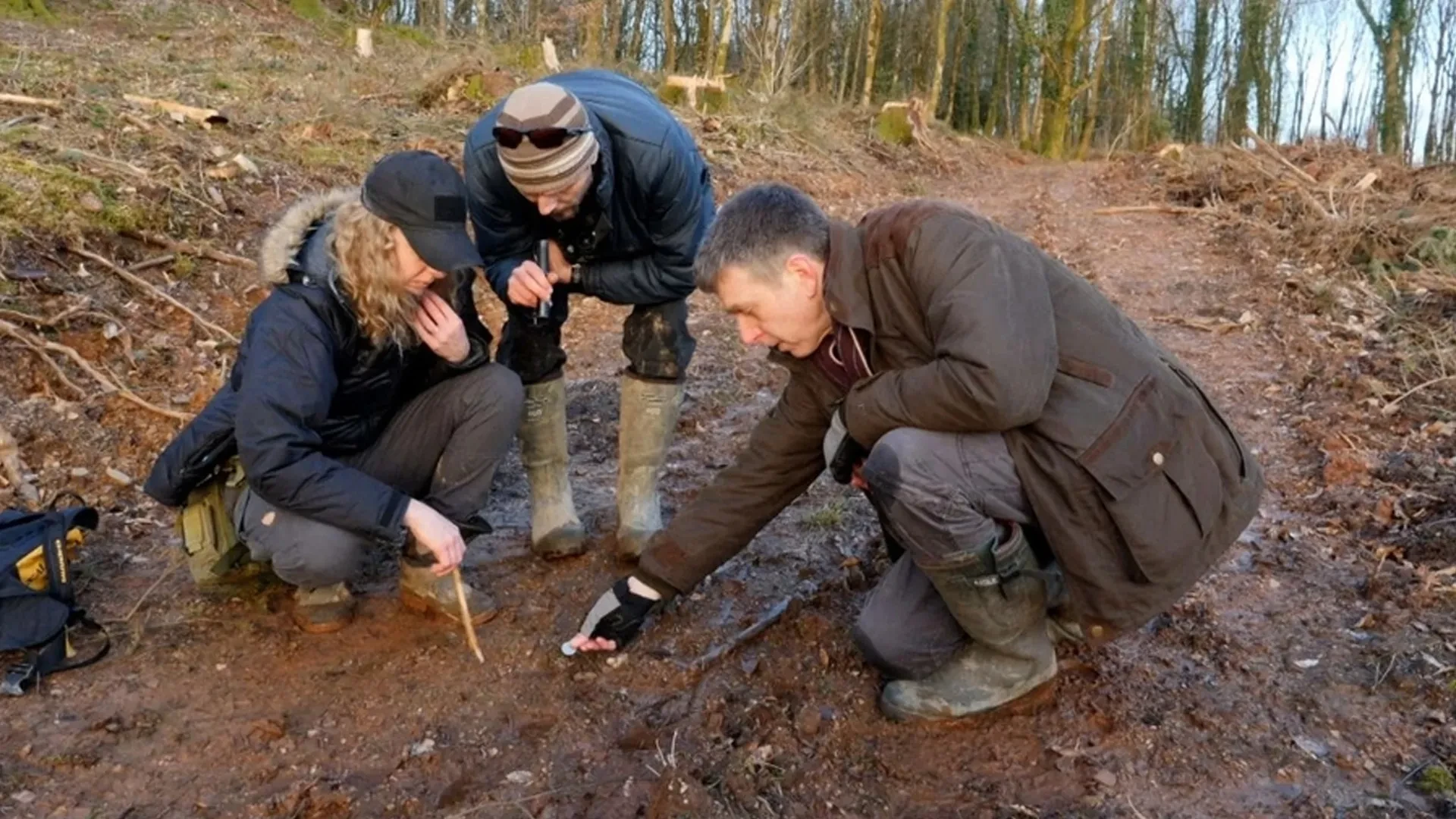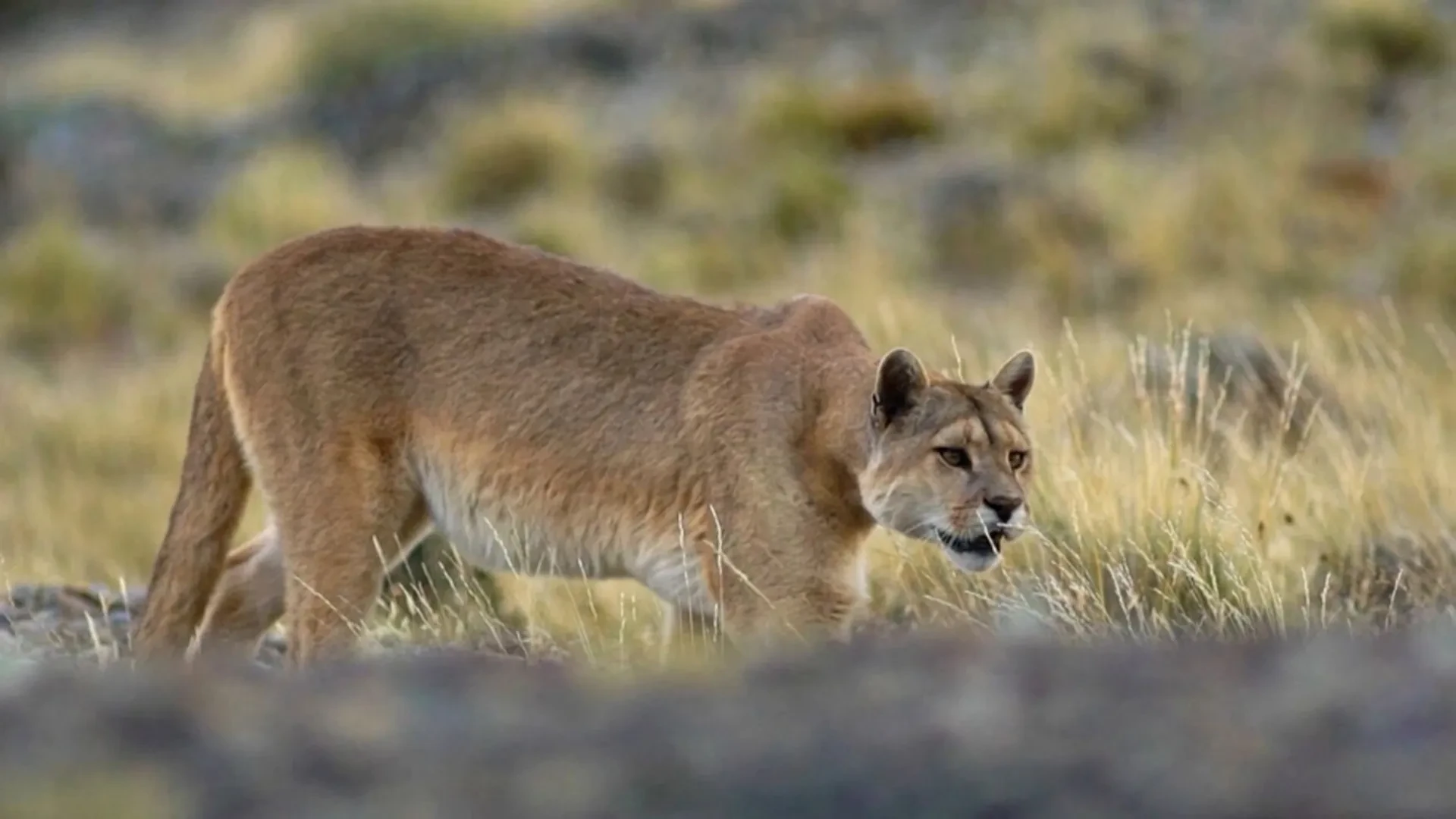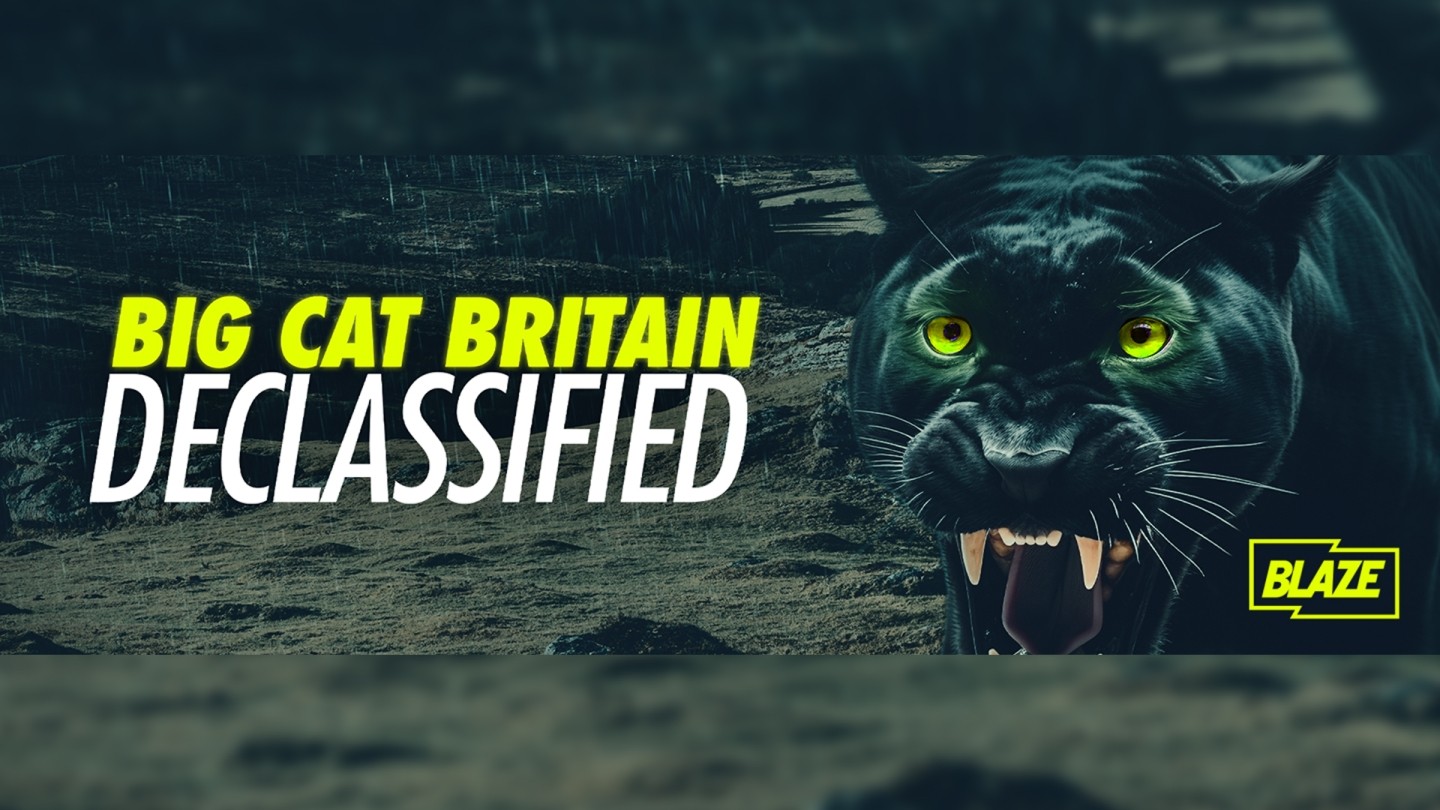This week, to celebrate Monster Week, the Freesat team spoke to big cat investigator and podcaster, Rick Minter about his experience with these stealthy apex predators. He reveals all; from the reported sightings and their commonalities to tell-tale signs of what to look out for and how to stay safe in an encounter.
Can you tell us a bit about yourself and how you became a big cat investigator?
I suppose I was one of those people who was open-minded on the topic. I hadn’t given it much thought and wasn't terribly interested in it – but one day I saw one! It was good enough sighting, middle distance across a field and side-on where I could see all the features: a sweeping long tail, the elongated body, and the very purposeful walk, going from A to B and not sniffing and walking a bit more haphazardly like dogs do. It was just obviously a large cat and I thought ‘oh yeah, these are in the paper sometimes’, and this was over 20 years ago now but there were still lots of routine reports on it in the media back in those days. And that’s what got me into it really.
So, a few years later, I decided to write a book on the subject. I wanted to make sure it was very objective and interesting but bring some science to it too. The book was my gateway into the subject matter which later opened doors for me, and that’s when I got involved in things like the Big Cat Britain Declassified documentary and launching my podcast (Big Cat Conversations) where we interview witnesses.
Who is sending these reports through to you? Is it members of the public or a specific body?
It always gets busier when you're in the media. I did an interview last week on This Morning and since then I’ve had 14 reports emailed to me with more being posted across the big cats Facebook groups. I was also featured in The Daily Telegraph recently and had two additional reports come through. But people will generally find me as I run a podcast. I think it's really valuable for me and for the informants to swap notes because if they tell me the detail of the report, I can give them similar examples of their situation from other reports, so they know they're not the odd one out.
What is your definition of a big cat?
In Britain, when we say ‘big cats’ in that generic term I think we mean ones that are physically big and capable enough to predate an adult deer. So, if somebody sees a very large feral cat and it’s maybe twice the size of a normal feral cat, it’s interesting, but it’s not what we mean as it’s not capable of taking down a deer. Whereas a black leopard, a mountain lion and a lynx – the three types that people are describing – their main prey is deer. In the data received from radio collared mountain lions in America, we know they take about one dear a week plus rabbits, mice, and pigeons in between, so that’s what they’d do here too.
Last year, we spoke to tracker Rhoda Watkins who referenced you when we asked her about the latest facts and figures. Are there any interesting stats you can share with us today?

One of the puzzles for us is the number of reports we don’t get. There are so many encounters that go undocumented because people fear ridicule, or they don't want to draw attention to their local area or the farm where they live. When I’ve attended rural shows in the past, people will approach me with their stories and have explained their reluctance to come forward; whether it’s out of fear of upsetting the locals or potentially impacting their reputation and status. There are all these reasons why people may not report their sightings, so we must question just how many of these reports we’re missing! But by being active in the media or attending these rural shows, it does seem to encourage people to come forward with their stories.
Another stat would be the 15 confirmed samples of the tooth marks found on the skeletons of deer, matching the size of a leopard or a mountain lion. These have all been compiled and analysed at the Royal Agricultural University. Of course, we will get more over time as we’re asking people to look out for when they see a dead deer, or even sheep, and to photograph the wounds so we can analyse the tooth marks and that's a great way of people contributing to the subject.
If someone were to encounter a big cat, what would your advice be to them?
I've had several people tell me that they lost their composure, got scared and fled but then later realised that probably wasn’t the right thing to do.
The textbook thing is that you should make yourself look big so they won't want to tackle you because they can't risk getting injured. Be threatening but not too reckless, maintain your composure and back off slowly if one is in close range. If one is further away, people are more fascinated and just stay to watch it, and if that’s the case, try and get some evidence on your phone while keeping a safe distance!
If it's at night, listen out for the leopard warning cough which means you’re too close and you need to back off. Also, make sure you have a big head torch with a good spotlight to sweep the area because then you could see the eye shine which glows like lanterns because they've got special reflectivity which gives them the advantage at night when they're hunting.
If we did want to go looking for big cats, where should we go to find them?
You can't just randomly go tracking in the countryside in the hope to find one, you need a recent tip off from a landowner or somebody who's found a deer carcass and then go looking in that area. Keep an eye out for footprints, droppings, and scratch marks on trees but it can be hard as they get worn away quite quickly and a small proportion of dog footprints look reasonably cat-like which can create an element of doubt. If we had things like trained detection dogs that follow the scent then that would be a real advantage, or even the droppings of a leopard or mountain lion, then we can get those tested for DNA and identify the species.
Where can we find the most current reports?
For those who are really interested, they should search on Facebook for national and local Big Cat Sightings groups (I believe there are around 26!) which have grown significantly in the past two weeks with the interest in the media and people finding out about them. They are full of people swapping notes, sharing reports and photographs and they’ll have a very good, objective discussion and scrutinise the evidence presented to them.
You said there’s about 26 Facebook groups available – that’s pretty huge! How would you decide which one to join?
I would say people should try and find the local one for their county because then you can swap notes with people in your area. But with so many groups, it’s clear that something is going on and the British public are on the case looking for evidence, which is heartening!
How did these big cats get into the UK in the first place?

They're largely discarded and released trophy pets and animals from collections, and this would have happened at different times and locations which has helped the genetic breadth of them. If there had been just a few released in one small area, they would be inbred by now.
And it would have started during WWII because they are strict carnivores, and their diets cannot be supplemented. So, in a wartime situation, you’ve got a challenge to find meat as it would have been rationed and very expensive.
Then in 1976, the Dangerous Wild Animals Act was enforced where there were stricter conditions for keeping wild animals as household pets which resulted in their owners releasing them in remote areas. But they’re such resourceful animals that they can manage just fine in the British countryside and it's probably an easier life here than in some of their native countries. In the UK, they have deer in abundance, rabbits, pigeons, rodents and occasionally sheep. They keep to themselves and are great at concealment so have a stress-free life.
Is there a risk to the deer if that’s their main source of nutrition?
We do need to cull deer as there are too many in this country. As beautiful as they are, they do stop woodlands regenerating as they munch the seedlings and can cause problems if their population gets too high. So, if our black leopards are helping with that then they are restoring the balance in nature: it’s the predator/prey ecosystem working, and people get that.
Do you think the number of big cats will grow in the UK over time and will we see an increase in reported sightings?
I can’t say one way or another with certainty, but if you look at the reporting in the local newspapers and people like me who were investigating the situation say 20-30 years ago there were lots of reports even then, so it seems that the situation hasn't changed much. I think a few of them do get shot by people but not enough to impact the population negatively. If it does grow, then it won’t be by much, as apex predators will normally breed in litters of 1-3 and will only have 3-4 litters in her lifetime. And of course, with a low population they won’t have optimum breeding, so it won’t easily expand. But even if there were quite a considerable increase, they’re so stealthy your chances of seeing them would be limited anyway.
What would you say to any sceptics?
I think one of the reasons people are so sceptical is back to the point that none of us can really understand just how incredibly stealthy apex predators are. I would say go and read the first paragraph in a book about mountain lions and it will tell you just how stealthy they are, and that people hardly ever see them in their native country. Another important thing to keep in mind is that there are 40 species of wildcats across the globe, but each year we are getting the same three reported in Britain by people who have no idea about them. That’s consistency in itself!
So Rick, tell us. Dogs or cats?
I have a black Labrador and one little black cat who I took in as a stray – it's a perfect reference point for me because he’s my little mini panther!
Tune in to BLAZE for Monster Week until Sunday 3rd September and find out more about what's on, including Big Cat Britain Declassified, premiering on BLAZE on Sunday 3rd September at 8pm on Freesat channel 162. Big Cat Britain Declassified Is also available to watch on the BLAZE App or website until 26th September.



